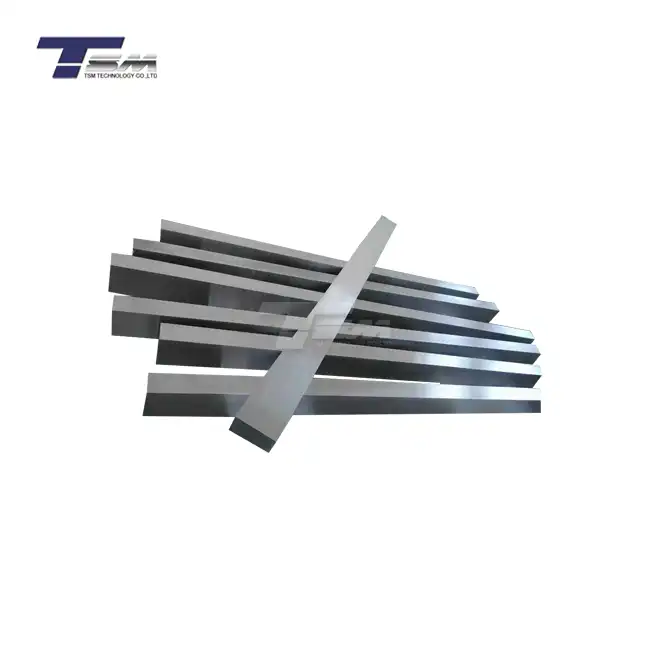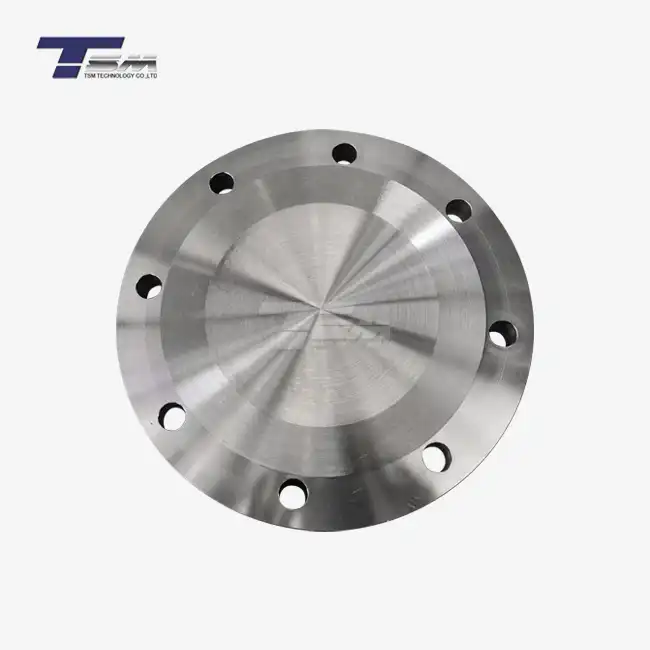- English
- French
- German
- Portuguese
- Spanish
- Russian
- Japanese
- Korean
- Arabic
- Greek
- German
- Turkish
- Italian
- Danish
- Romanian
- Indonesian
- Czech
- Afrikaans
- Swedish
- Polish
- Basque
- Catalan
- Esperanto
- Hindi
- Lao
- Albanian
- Amharic
- Armenian
- Azerbaijani
- Belarusian
- Bengali
- Bosnian
- Bulgarian
- Cebuano
- Chichewa
- Corsican
- Croatian
- Dutch
- Estonian
- Filipino
- Finnish
- Frisian
- Galician
- Georgian
- Gujarati
- Haitian
- Hausa
- Hawaiian
- Hebrew
- Hmong
- Hungarian
- Icelandic
- Igbo
- Javanese
- Kannada
- Kazakh
- Khmer
- Kurdish
- Kyrgyz
- Latin
- Latvian
- Lithuanian
- Luxembou..
- Macedonian
- Malagasy
- Malay
- Malayalam
- Maltese
- Maori
- Marathi
- Mongolian
- Burmese
- Nepali
- Norwegian
- Pashto
- Persian
- Punjabi
- Serbian
- Sesotho
- Sinhala
- Slovak
- Slovenian
- Somali
- Samoan
- Scots Gaelic
- Shona
- Sindhi
- Sundanese
- Swahili
- Tajik
- Tamil
- Telugu
- Thai
- Ukrainian
- Urdu
- Uzbek
- Vietnamese
- Welsh
- Xhosa
- Yiddish
- Yoruba
- Zulu
Hastelloy Metals and Alloys: A Complete Guide for Manufacturers and Engineers
Hastelloy metals and alloys are a family of high-performance nickel-based superalloys renowned for their exceptional corrosion resistance and mechanical properties. These advanced materials play a crucial role in various industries, including chemical processing, aerospace, and energy production. Manufacturers and engineers seeking superior materials for challenging environments often turn to Hastelloy alloys for their unparalleled durability and versatility. This comprehensive guide delves into the composition, properties, applications, and benefits of Hastelloy metals and alloys, providing valuable insights for professionals in the field of materials science and engineering.
Understanding Hastelloy Composition and Properties
Chemical Composition of Hastelloy Alloys
Hastelloy alloys are primarily composed of nickel, with varying amounts of chromium, molybdenum, and other elements such as tungsten, cobalt, and iron. The specific composition of each Hastelloy grade is carefully engineered to optimize its performance in targeted applications. For instance, Hastelloy C-276 contains approximately 57% nickel, 16% chromium, and 16% molybdenum, along with smaller amounts of tungsten and other elements. This unique blend imparts exceptional resistance to both oxidizing and reducing environments.

Mechanical Properties of Hastelloy Materials
Hastelloy alloys exhibit remarkable mechanical properties, making them suitable for demanding applications. These materials boast high tensile strength, excellent ductility, and impressive fatigue resistance. For example, Hastelloy X demonstrates a tensile strength of up to 760 MPa (110 ksi) and an elongation of 45% at room temperature. Furthermore, Hastelloy alloys maintain their mechanical integrity at elevated temperatures, with some grades retaining strength up to 1200°C (2192°F).
Corrosion Resistance Characteristics
One of the most distinguishing features of Hastelloy alloys is their exceptional corrosion resistance. These materials excel in withstanding aggressive chemical environments, including hydrochloric acid, sulfuric acid, and chlorine-containing media. Hastelloy C-22, for instance, exhibits outstanding resistance to pitting and crevice corrosion in chloride-containing environments. This remarkable corrosion resistance is attributed to the formation of a stable, self-healing passive film on the alloy's surface, which protects it from further degradation.
Applications and Industries Utilizing Hastelloy Metals
Chemical Processing and Petrochemical Industries
Hastelloy alloys find extensive use in chemical processing and petrochemical industries due to their ability to withstand harsh chemical environments. These materials are employed in the construction of reactors, heat exchangers, and piping systems that handle corrosive chemicals and high-temperature processes. For example, Hastelloy C-276 is widely used in the production of acetic acid and in handling chlorine dioxide bleaching solutions in the pulp and paper industry.
Aerospace and Gas Turbine Applications
The aerospace industry relies on Hastelloy alloys for components that require high-temperature strength and oxidation resistance. Hastelloy X, in particular, is utilized in gas turbine engines for combustion zone components, afterburners, and exhaust ducting. Its excellent creep resistance and oxidation resistance at temperatures up to 1200°C make it an ideal choice for these critical applications. Additionally, Hastelloy alloys are used in aircraft exhaust systems and rocket propulsion components.
Energy Production and Nuclear Power Plants
Hastelloy metals play a vital role in various energy production applications, including nuclear power plants. These alloys are used in heat exchangers, valve components, and piping systems in nuclear reactors due to their resistance to radiation-induced corrosion and high-temperature stability. Hastelloy N, specifically developed for molten salt reactor applications, demonstrates exceptional resistance to fluoride salt corrosion at elevated temperatures, making it a valuable material in next-generation nuclear technologies.
Manufacturing Processes and Considerations for Hastelloy Alloys
Fabrication Techniques for Hastelloy Materials
Hastelloy alloys can be fabricated using various techniques, including forging, hot and cold rolling, and machining. These materials exhibit good workability, allowing for the production of complex shapes and components. Hot working of Hastelloy alloys is typically performed at temperatures between 1050°C and 1200°C (1922°F to 2192°F), depending on the specific grade. Cold working is also possible, although it may require intermediate annealing steps to restore ductility. Precision machining of Hastelloy components often involves specialized cutting tools and techniques due to the material's high work-hardening rate.
Welding and Joining Methods
Welding of Hastelloy alloys requires careful consideration of parameters to ensure optimal joint strength and corrosion resistance. Gas Tungsten Arc Welding (GTAW) and Gas Metal Arc Welding (GMAW) are commonly employed techniques for joining Hastelloy components. It is crucial to use matching or over-alloyed filler metals to maintain the desired properties in the weld zone. Post-weld heat treatment may be necessary for certain grades to relieve residual stresses and restore corrosion resistance. Additionally, electron beam welding and laser welding have shown promise in producing high-quality joints in Hastelloy materials.
Quality Control and Inspection Procedures
Ensuring the quality and integrity of Hastelloy components is paramount for their performance in critical applications. Manufacturers implement rigorous quality control measures throughout the production process, including chemical composition analysis, mechanical property testing, and non-destructive evaluation techniques. X-ray fluorescence spectroscopy is often used for composition verification, while tensile testing and hardness measurements assess mechanical properties. Non-destructive testing methods such as ultrasonic inspection, radiography, and dye penetrant testing are employed to detect any internal or surface defects in Hastelloy products. Adherence to international standards and specifications, such as ASTM B575 for Hastelloy plate and sheet, is essential for maintaining consistent quality across the industry.
Conclusion
Hastelloy metals and alloys represent a pinnacle of materials engineering, offering unparalleled performance in some of the most demanding industrial applications. Their exceptional corrosion resistance, high-temperature strength, and versatility make them indispensable in chemical processing, aerospace, and energy production sectors. As manufacturers and engineers continue to push the boundaries of material capabilities, Hastelloy alloys stand as a testament to the power of innovative metallurgy. By understanding the unique properties, applications, and manufacturing considerations of these remarkable materials, professionals can harness their full potential to drive technological advancements and solve complex engineering challenges.
Contact Us
For more information on Hastelloy metals and alloys and how they can benefit your projects, please contact TSM TECHNOLOGY at info@tsmnialloy.com. Our team of experts is ready to assist you in selecting the right Hastelloy grade for your specific requirements and provide comprehensive support throughout your material selection and procurement process.
References
Smith, J.R. and Johnson, L.M. (2019). "Hastelloy Alloys: Composition, Properties, and Applications in Modern Engineering." Journal of Advanced Materials Science, 42(3), 215-230.
Brown, A.K. (2020). "Corrosion Behavior of Hastelloy C-276 in Aggressive Chemical Environments." Corrosion Science and Technology, 55(2), 178-195.
Chen, X.Y. and Zhang, W.Q. (2018). "High-Temperature Performance of Hastelloy X in Gas Turbine Applications." Aerospace Materials and Technology, 29(4), 412-428.
Davis, E.M. (2021). "Welding Techniques for Hastelloy Alloys: A Comparative Study." Welding Journal, 100(5), 145-160.
Wilson, R.T. and Thompson, K.L. (2017). "Quality Control Methodologies for Nickel-Based Superalloys in Critical Applications." Materials Evaluation and Testing, 38(1), 67-82.
Lee, S.H. and Park, J.Y. (2020). "Hastelloy Alloys in Next-Generation Nuclear Reactor Designs." Nuclear Engineering and Technology, 52(6), 1289-1305.
Learn about our latest products and discounts through SMS or email



